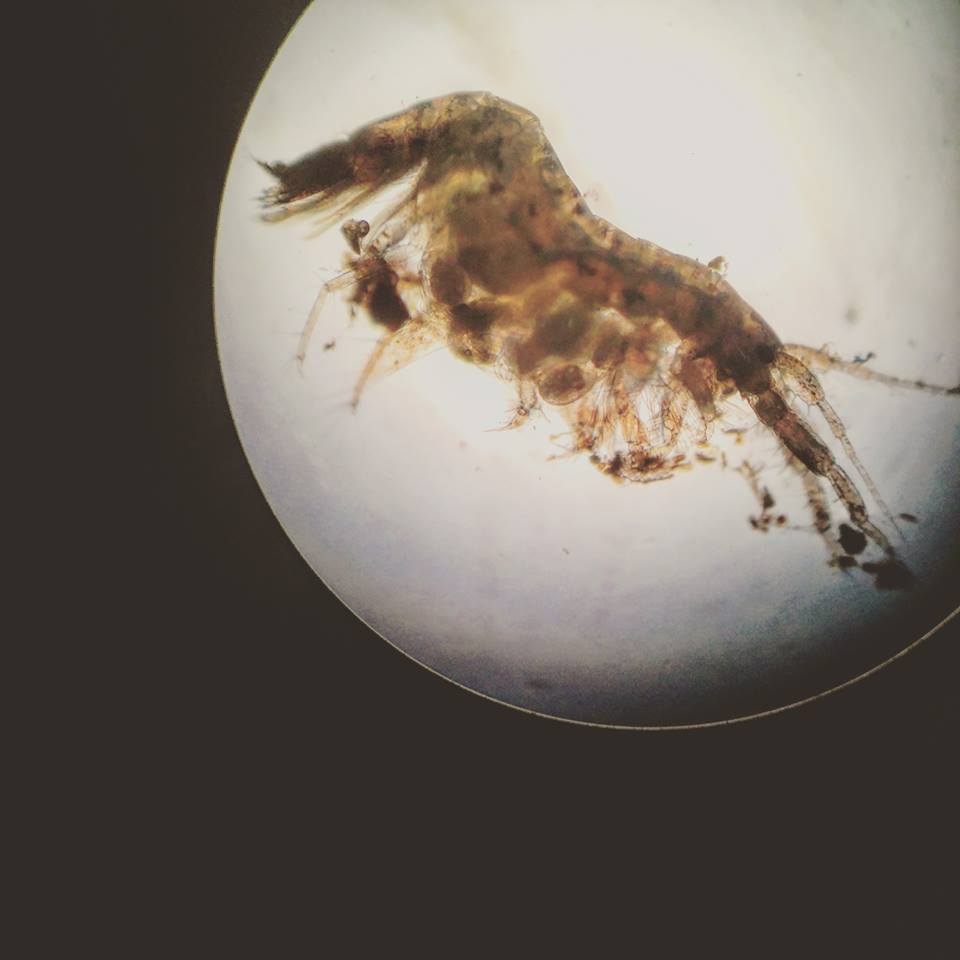Spatial characterization of meiofaunal community diversity along the California coast and potential abiotic drivers
A Thesis Defense by Amanda Heidt
Invertebrate Molecular Ecology Lab
Wednesday, June 5th, 2019 at 4 pm
MLML Seminar Room
Amanda is a master's student under Dr. Jonathan Geller in the Invertebrate Molecular Ecology Lab. Prior to her time at Moss Landing, she graduated with a B.S. in Marine Biology and a minor in Chemistry from the University of California, Santa Cruz and an A.A. in University Studies from MiraCosta Community College. Throughout her academic career, Amanda has worked for the Monterey Bay Aquarium as an animal husbandry technician in the Drifters Gallery, the aquarium's collection of local Cnidarian species, in addition to being a field technician for the Sea Otter Research and Conservation (SORAC) team. She has also logged several hundred dives as a Scientific Diver and PADI DiveMaster. Since coming to Moss Landing, she has worked as a laboratory technician processing samples for next-generation sequencing and has fortunately been able to travel to Hawaii, Baja, and Chile to conduct research. Going forward, Amanda will be entering the Science Communication Master's Program at the University of California, Santa Cruz in the fall of 2019 to further her keen interest in communicating science to various audiences. In addition to managing the Moss Landing student blog The Drop-In and working for the Stanford Center for Ocean Solutions as an Education Programs Assistant and Communications Intern, she recently completed a Science Communication Fellowship with KQED, where she wrote articles for Science News and helped produce episodes of the award-winning 4k YouTube series Deep Look. For more info, you can visit her website.
Thesis Abstract:
Due to their small size and taxonomic obscurity, meiofauna remain a fundamentally understudied group despite their important position at the base of the sandy-beach food web and close association with the surrounding environs. This study aims to characterize meiofaunal community diversity in California across various spatial scales using next generation sequencing techniques and to assign potential abiotic drivers through the analysis of sediment samples using grain size analysis and X-ray powder diffraction (XRD) for mineral composition. Hypotheses suggest that (1) meiofauna will adhere to patterns established by the latitudinal diversity gradient (LDG) and known biogeographic breaks such as Point Conception, (2) meiofaunal communities will change as a function of beach profile (from reflective to dissipative), (3) meiofaunal communities will differ based on their tidal orientation (low-medium-high), and (4) communities will change based on sediment characteristics such as grain size and mineral composition. Analysis of this dataset continues, but preliminary results have found that communities tend to be more diverse in the southern sites (in keeping with the LDG), that significant differences in community composition exist as a function of tidal height, and that sediments vary significantly between sites with respect to mineral composition and grain size analysis. Ultimately, the results of this study will provide a detailed description of meiofaunal composition and abundance along a highly variable and biodiverse coastline and help to bolster meiofaunal sequence representation in molecular databases.




